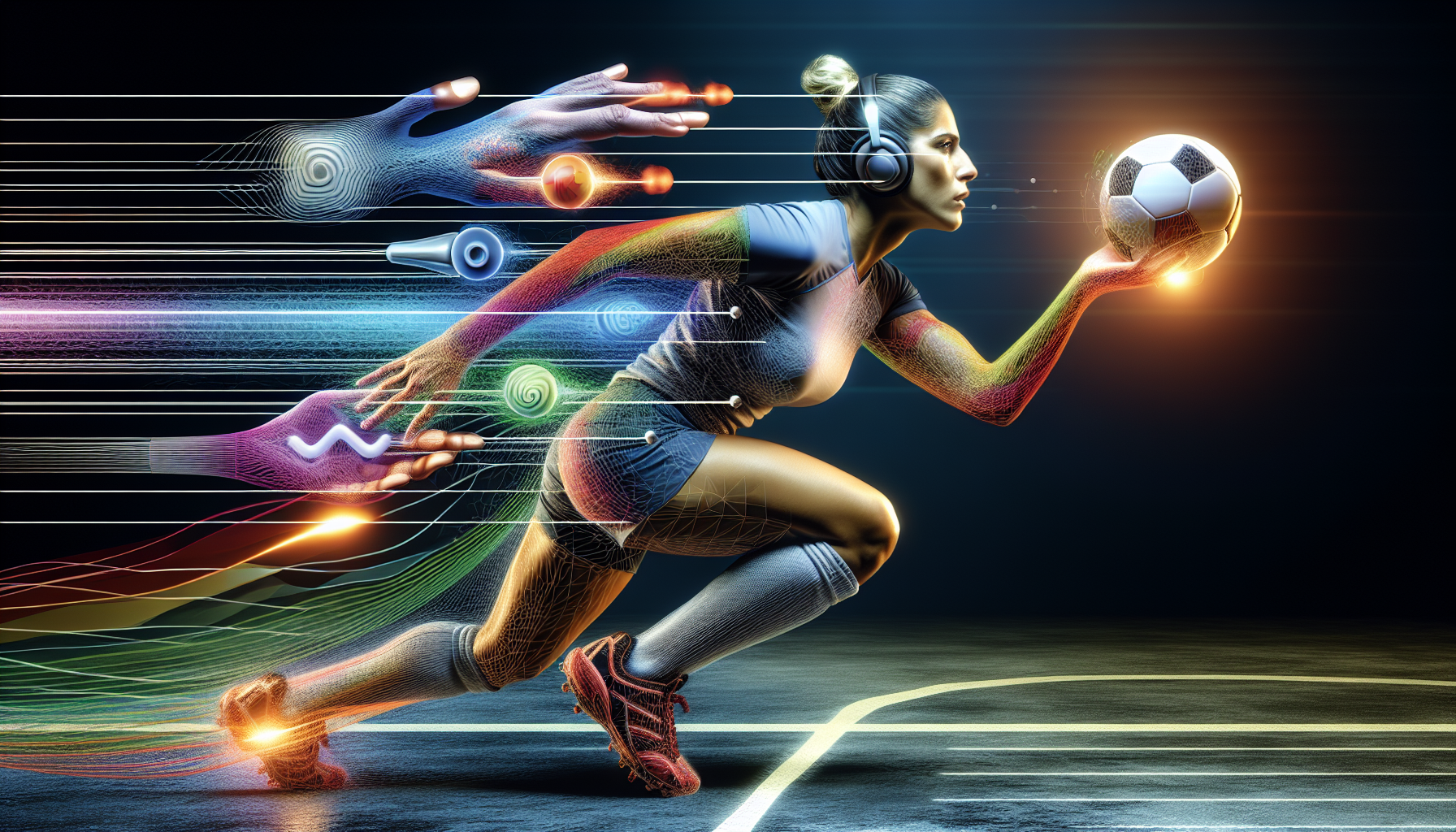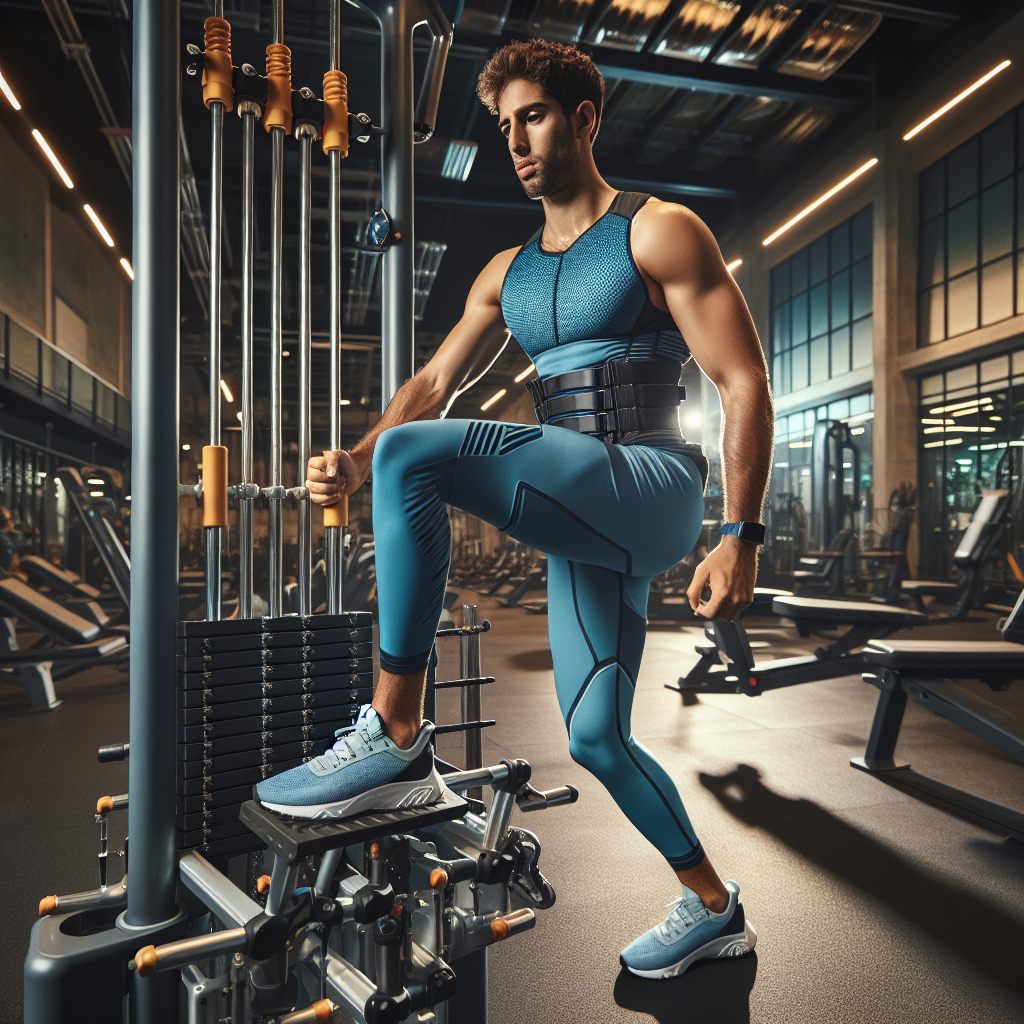In the realm of athletic performance, sensory integration plays a pivotal role that is often overshadowed by the more visible aspects of strength, endurance, and skill. Sensory integration is the process by which the brain interprets and organizes sensory information from the environment, which in turn influences our motor responses. For athletes, fine-tuning this process can be the difference between good and great performance.
The Science of Sensory Integration
Sensory integration involves the efficient processing of stimuli from the seven sensory systems: visual, auditory, olfactory, gustatory, tactile, vestibular (balance and spatial orientation), and proprioceptive (body position). When an athlete’s sensory systems are well-integrated, they can respond more quickly and accurately to the demands of their sport.
For example, a soccer player relies on their visual system to track the ball, their proprioceptive sense to maintain balance while maneuvering, and their vestibular system to stay oriented as they move across the field. Efficient sensory integration allows for seamless transitions between these systems, resulting in fluid, coordinated movement.
Sensory Health and Physical Fitness
Athletic performance is a complex interplay of physical fitness and sensory health. To delve deeper into this relationship, explore The Relationship Between Sensory Health and Physical Fitness, which offers insights into how sensory processing affects physical capabilities.
Sensory Challenges and Athletic Performance
Not all athletes process sensory information in the same way. Some may experience sensory processing challenges that can affect their performance. For instance, an athlete with a sensory modulation disorder might over-respond to touch and find the sensation of certain sports equipment distracting or even intolerable. Recognizing and addressing these challenges is crucial for athletes to perform at their best.
For further reading on this topic, Sensory Processing Challenges in Adolescents and How to Help provides strategies to support those with sensory processing difficulties.
Training for Better Sensory Integration
Athletes can train to improve their sensory integration. This training might include exercises that challenge balance and proprioception, drills that enhance visual tracking, or activities that refine the ability to filter out irrelevant auditory stimuli during competition.
Some cutting-edge training facilities incorporate virtual reality (VR) technologies to create immersive environments that challenge an athlete’s sensory systems in sport-specific ways. For instance, a VR simulation might mimic the sensory chaos of a noisy stadium, allowing an athlete to practice maintaining focus amid distractions.
Further information on these techniques can be found in Advancing Sensory Health with Virtual Reality Techniques, which highlights innovative ways VR is being used to enhance sensory integration.
External Resources for Sensory Integration Training
Athletes and coaches looking to enhance sensory integration can turn to a variety of resources. For example, the Dynamic Neuromuscular Stabilization (DNS) approach offers exercises that tap into the body’s innate movements to improve motor patterns and sensory responses.
Another resource is the Sensory Integration and Praxis Tests (SIPT), which can help identify specific areas of sensory processing that may need attention in athletes.
Moreover, the International Society for Sports Psychiatry (ISSP) provides insights into how mental health and sensory processing intersect, offering resources for athletes to manage sensory-related stress and anxiety.
Sensory Diets for Athletes
A concept often used in addressing sensory integration issues is the ‘sensory diet,’ a personalized set of activities designed to provide the necessary sensory input an individual needs. While this term is often used in the context of sensory processing disorder therapy, athletes can adapt the concept to optimize their sensory systems for performance.
Creating a sensory diet might involve scheduled proprioceptive activities such as resistance training, vestibular exercises like balance drills, or tactile input through massage therapy. By routinely engaging in these activities, athletes can help ensure their sensory systems are primed for action.
The Role of Sensory Health in Recovery
Post-exercise recovery is just as important as the training itself. Sensory health plays a role here, too. For example, the proprioceptive system can be soothed with techniques like foam rolling, which not only aids in muscle recovery but also provides calming sensory feedback.
To explore more on sensory health’s role in recovery, consider checking out resources on sensory-based strategies for relaxation and recovery provided by organizations like the STAR Institute for Sensory Processing Disorder.
Integrating Sensory Health into Overall Athletic Training
Athletes and their trainers should consider sensory health as part of a holistic approach to performance. This means not only focusing on physical training but also on maintaining sensory systems that are responsive and well-regulated.
To get a broader understanding of the intersection between sensory health and other aspects of wellness, read about Sensory Health, which provides a comprehensive overview of how sensory systems impact our overall health and well-being.
Conclusion
Sensory integration is a critical, though often overlooked, component of athletic performance. By understanding the role of sensory systems and how to optimize them through targeted training and recovery strategies, athletes can gain a competitive edge. Embracing the holistic approach to sensory health can lead to improved performance, reduced injury risk, and a more enjoyable athletic experience.
For those interested in the broader implications of sensory health, consider exploring resources on sensory integration across various life stages and settings, such as sensory-friendly design for public spaces or the benefits of sensory gardens in community settings.
Athletes, coaches, and sports enthusiasts are encouraged to learn more about sensory integration and consider how it could be the missing piece in achieving peak athletic performance. Through dedicated practice, support, and education, the integration of the senses can be the foundation for sporting excellence.



